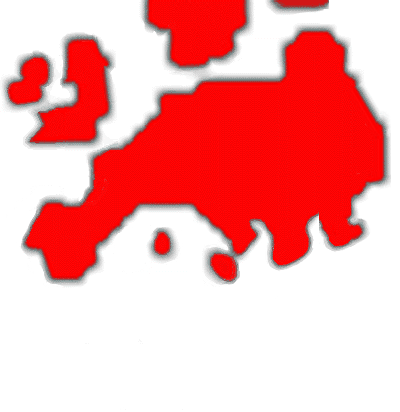CASSINI-HUYGENS Descent Imager/Spectral Radiometer (DISR)
 The Descent Imager/Spectral Radiometer (DISR), is a scientific instrument
designed to explore Saturn's largest moon Titan. It was launched in October 1997, on board the
European Space Agency's Huygens Probe, as part of the Cassini Mission to
Saturn. The DISR will make a pioneering effort to obtain close-up pictures
of Titan's surface and determine the nature Titan's atmosphere.
The Descent Imager/Spectral Radiometer (DISR), is a scientific instrument
designed to explore Saturn's largest moon Titan. It was launched in October 1997, on board the
European Space Agency's Huygens Probe, as part of the Cassini Mission to
Saturn. The DISR will make a pioneering effort to obtain close-up pictures
of Titan's surface and determine the nature Titan's atmosphere.
The Cassini Spacecraft will enter orbit around Saturn in 2004. The Huygens
Probe will detach from the spacecraft in late 2004 to enter the atmosphere
of Titan. For about 2 hours and 15 minutes the probe will fall from 160 km
altitude to Titan's surface. During the descent the DISR and 5 other
science instruments will send data about the moon's atmosphere and surface
back to the spacecraft for relay to Earth.
DISR measures solar radiation using silicon photodiodes, a two-dimensional
silicon Charge Coupled Device (CCD) detector and two InGaAs near-infrared
linear array detectors. The light is brought to the detectors using fibre
optics from many separate sets of foreoptics that collect light from
different directions and in different spectral regions. In this way the
instrument can make a suite of measurements that are carefully selected to
answer key questions concerning the nature of the surface and the
composition, meteorology, thermal balance, and clouds and aerosols in the
atmosphere of Titan.
Collaborators
University of Arizona Lunar and Planetary Laboratory, U.S. Geological Survey, NASA Jet Propulsion Laboratory, USA
Observatoire de Paris Meudon, Laboratory of Glaciology and Geophysics of Grenoble, France
Technical University of Bruanschweig, Max Planck Institute for Aeronomy in Lindau, Germany
Contact
Martin Tomasko
Lunar and Planetary Laboratory, University of Arizona, USA
mtomasko@lpl.arizona.edu
http://www.estec.esa.nl/spdwww/huygens/html/topdisr.htm
http://www.lpl.arizona.edu/

